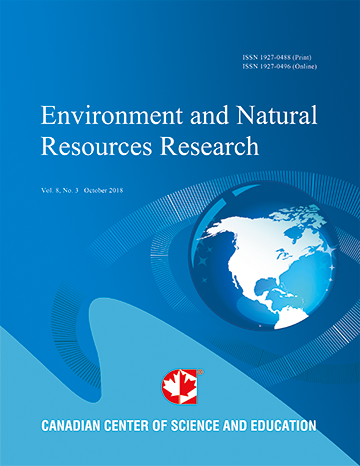Multi-Layered Cloud Distribution Over Tropical Station Using Radiosonde Humidity Observations and CloudSat Measurements
- Kandula V Subrahmanyam
- Karanam Kishore Kumar
Abstract
Owing to its importance of role played by multi-layered clouds in climate of earth’s atmosphere, a decadal observation (January, 2000 to December, 2009) from India Meteorological Department, Trivandrum regular radiosonde (00 & 12 UTC) ascents and CloudSat observations were used to study the distribution of multi-layered cloud formation at this location. Both the ground and space based observations at Trivandrum locations shows the more or less same percentage of occurrence of single-, double-, three-, four- and five-layered clouds. The important findings are: Radiosonde derived cloud ‐free cases and one to five cloud layers account for 30.63%, 42.51%, 19.76%, 5.85%, 1.08%, and 0.16% all cases, respectively, whereas CloudSat shows 47.17%, 24.74%, 6.41%, 1.81%, 0.13% of the total samples, respectively. In general, the thickness of cloud layers does not change much from summer to winter. However, the occurrences of multi-layered clouds are more frequent in the summer. Further, keeping the CloudSat limitations in view, an attempt is made to evaluate the CloudSat observations using radiosonde measurements and which has the great potential for studying the multi-layered cloud structures over the globe and important in climate point of view.
- Full Text:
 PDF
PDF
- DOI:10.5539/enrr.v9n3p9
Journal Metrics
Google-based Impact Factor (2016): 6.22
h-index (November 2017): 12
i10-index (November 2017): 19
h5-index (November 2017): 11
h5-median (November 2017): 12
Index
Contact
- Emily LinEditorial Assistant
- enrr@ccsenet.org
